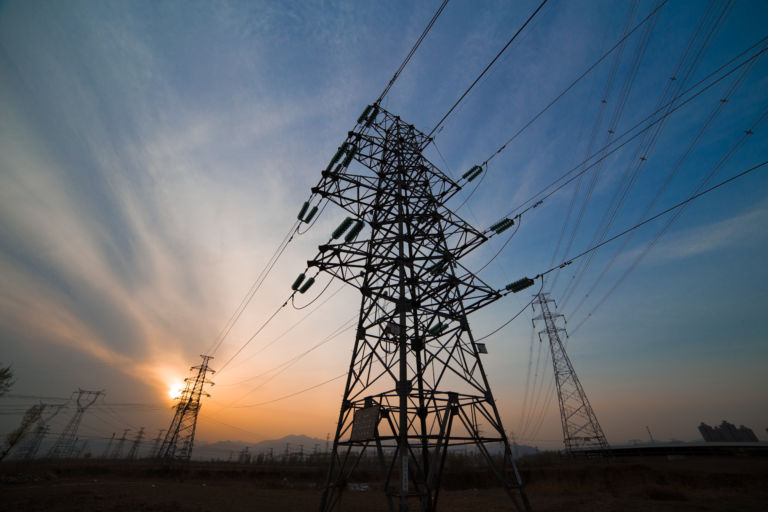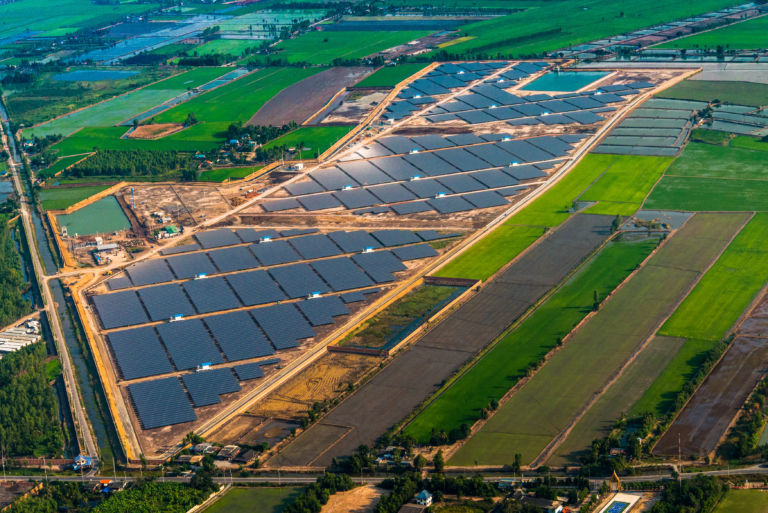The cost of solar power has been falling, yet you couldn’t tell by looking at your power bill. That’s what JLF’s Jon Sanders explained in his December 17th research brief on solar energy. Sanders explains that the way North Carolina contracts with solar does not pass savings onto ratepayers. Sanders writes:
Utilities are required by PURPA (the Public Utility Regulatory Policies Act of 1978) to buy any and all power generated by qualifying solar and wind facilities (QFs) in their areas, without any regard to whether the utility needs the power at the moment. This law makes electricity utilities buy overpriced electricity they don’t need, and those costs are passed directly to the consumer.
Not only does it require energy utilities purchase power they may not need, but the guidelines for these forced contracts are highly favorable for solar farms. Sanders says:
North Carolinians are really stuck because we have:
- the highest rates in the Southeast for QFs
- the longest contracts in the Southeast for QFs (it’s now 10 years, but it was 15)
- yes, they’re fixed rates
- 60 percent of the nation’s QFs(the first three bullet points go a long way toward explaining this one; the North Carolina Utilities Commission might as well be flying a banner saying “PLEASE GAME OUR SYSTEM”)
This means, under these contracts, the price utilities pay for solar is high. In addition, these rates cannot fluctuate with the market, so even though solar has gotten cheaper to produce, utilities still have to purchase it at a high price. The disparity between the cost to produce solar and the price at which it is sold will only become more apparent as the technology evolves. Evolving technology will make solar even cheaper to produce, but North Carolina’s long contracts will require utilities to continue paying these high fixed rates for years to come.
There is some hope, however. Sanders writes:
The Federal Energy Regulatory Commission (FERC) has proposed giving states more flexibility to let PURPA rates to qualifying renewable energy facilities vary according to market conditions. That would be a good standard to adopt for North Carolina. We don’t need to be held hostage to high rates lasting 10-15 years while actual costs are declining.
Read the full brief here. Read Sander’s full report on PURPA here.


